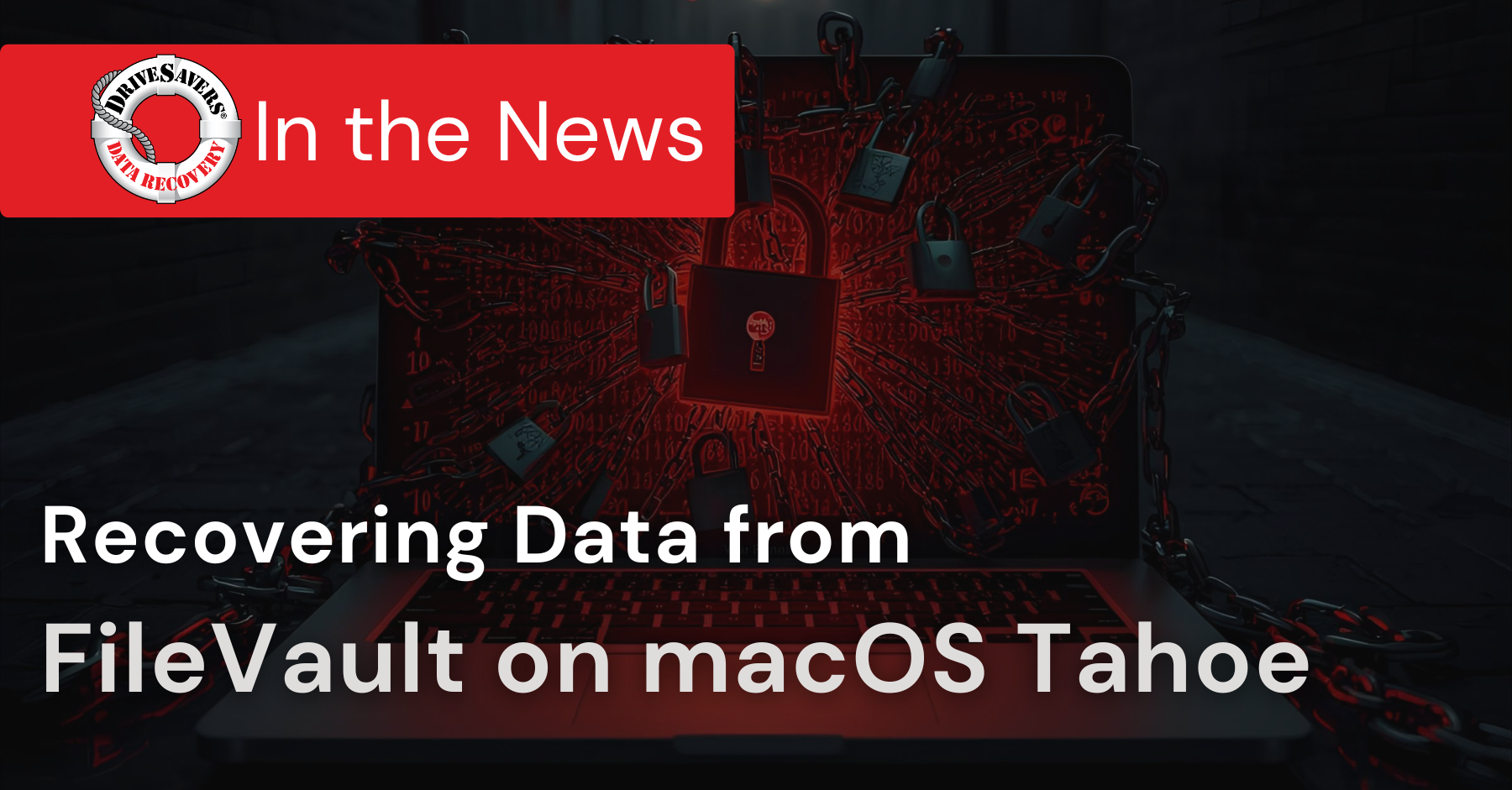In this article, we’ll break down what NIST 800-88 actually requires, why storage media of all types can defy expectations, and how verification services close the gap between intention and assurance.
Is It Possible to Recover Files After Formatting Your Drive?

Ever put an old hard drive into a new computer only to learn your data has been lost? Good news, that information may not be lost at all… just misplaced. Trouble is, you probably don’t have a clue how to find your misplaced data.
This can happen when a hard drive is formatted. When hardware and software come together, formatting must occur to make the hardware function in a usable way for the software. Hard drives have to be formatted to work within the confines of their computer’s operating system.
Drive formatting is an unavoidable reality of computing. File formats must be compatible with their operating system if you want the drive to work properly. Unfortunately, this process has been known to create a few data casualties along the way. But, if you do it right, you can format your drive without sacrificing your information.
Back up so you don’t blow up
We can’t stress enough how important backing up your information is. Say you have a perfectly healthy hard drive you want to put in a new machine. Before you do anything with your hard drive, and that means anything, you have to back up your data.
And that’s because things happen. There’s really no way to predict what could go wrong! Maybe you drop the hard drive moving from one machine to another. Maybe the drive is damaged as you remove and reinstall. Maybe nothing obviously bad happens, but you lose your information as the drive is formatted. Who knows!
The point is that things happen. And because they do, you have to be prepared for the worst. If you back up your hard drive, you can confidently install and format without the worry of losing data in the process.
Since backing up a hard drive is not a difficult task, there’s no excuse! You may choose to use a cloud-based system, like Google Drive or Dropbox. Or an external hard drive or similar piece of hardware to keep your data safe. Once again, how you back doesn’t matter, just do it!
Two Types, Two Outcomes
If you haven’t backed up your data and you find yourself missing important information after formatting your drive, all hope is not lost. Your data could still exist depending on how you formatted your drive.
When a user adds new hardware, like a hard drive, to a computer, they’re prompted to select one of these two formatting options: full or quick formatting.
Full Formatting
When full formatting is selected, the drive is checked for bad sectors. This is an important step if you’ve been getting any errors with your hard drive, because a sector check can easily root out any problem areas. A full format is also beneficial if you’re selling or donating old equipment. Wiping a drive clean makes accessing data once stored on the hard drive much more difficult.
But, of course, there are two sides to every coin. Any data you wanted to keep is also far less recoverable from a hard drive formatted this way. So if you’ve done a full format on your hard drive and lost data as a result, contact a data recovery specialist right away.
Quick Formatting
Quick formatting is just that… quick! You might want to choose this option, because “quick formatting” sounds fast and easy. But there are a few catches.
When you perform a quick format, the drive isn’t checked for bad sectors. So, if you’re formatting the drive to clear out any errors, quick formatting won’t help you.
What quick formatting does do is hide data saved on the drive without deleting it completely. Basically, everything is still there, but your hard drive no longer has the means to locate or retrieve the data. If this approach sounds a little strange, remember that this tactic is actually a good thing if you made a mistake and need to recover files from a formatted hard drive. With quick formatting, data recovery is almost always possible.
Recovering data from a quick-formatted hard drive is usually easy but don’t think it’s so easy that you should attempt recovery yourself. The only way to know for sure if your data is recoverable is to consult a data recovery specialist. They’ll determine if your data is still there and how best to restore it.
What now?
If you need to recover a formatted hard drive, step away from the hardware! Don’t continue using the drive to save any additional information. When a drive has been quick formatted, new data that is saved actually replaces the old. So, if a drive has been used since formatting, the old data may actually be gone for real. Using the drive after discovering data loss risks overwriting what was there. And if that happens, recovery is likely almost impossible.
After doing some research on how to recover files after formatting a hard drive, you may be tempted to turn to one of the many online recovery services claiming to be able to remotely recover your information with a few clicks of a button. When something sounds too good to be true, it usually is.
Don’t fall into the trap of using a dime-a-dozen online data recovery service that overpromises and underperforms.
The best way to recover files after formatting is to contact a data recovery service with the knowledge and tools to get your formatted data back fast.





